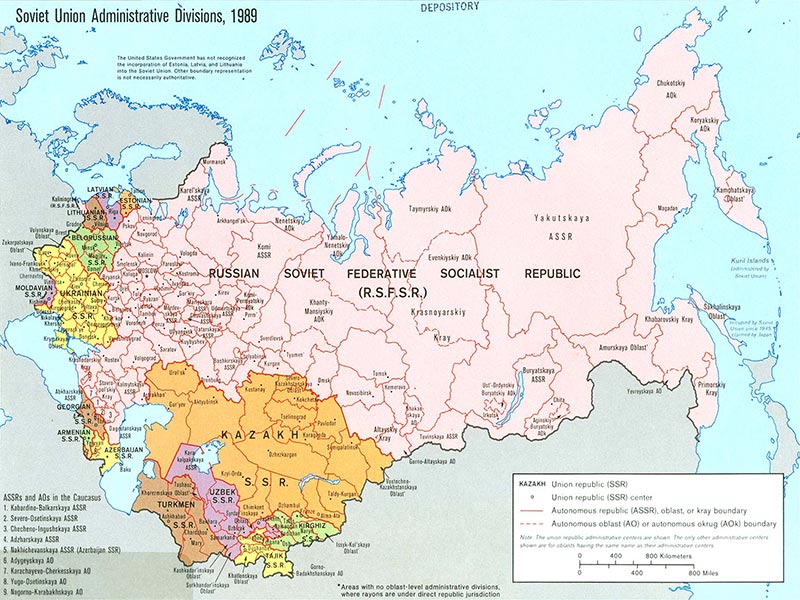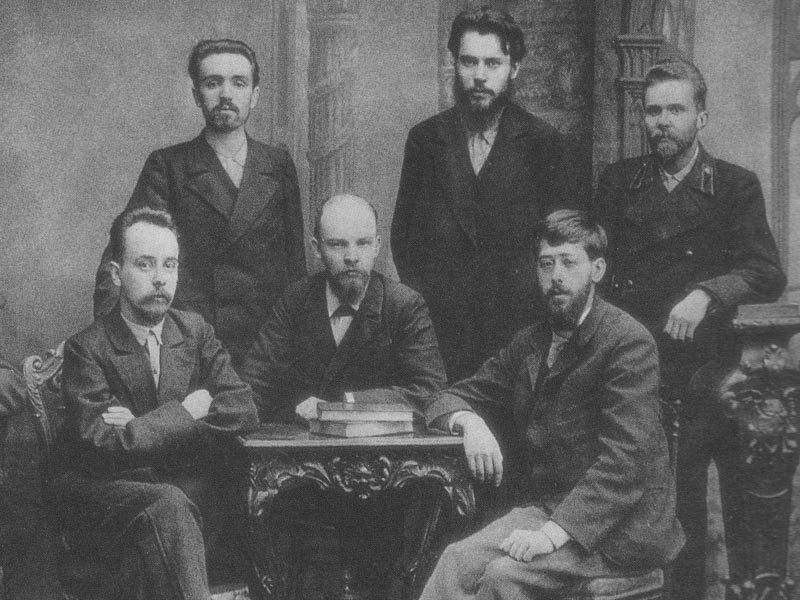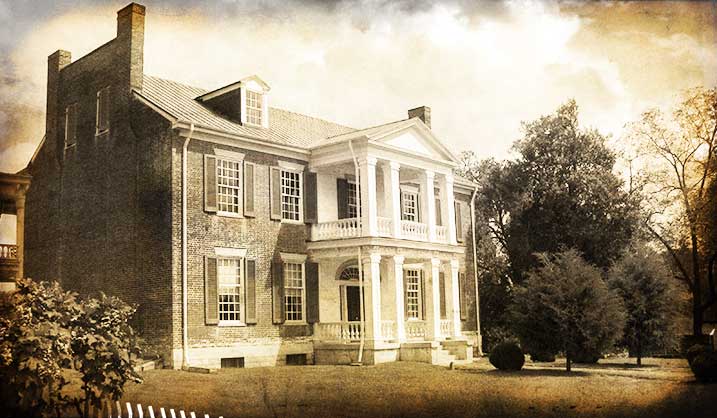Texas Admitted to the Union, 1845


Texas Admitted to Union, December 29, 1845
![]() exas became the twenty-eighth state to enter the Union of States, but the last one to allow slavery within her boundaries. Therein lies a tale of intrigue, political grandstanding, threats of secession and back-room dealing. Texas, like California, first organized as an independent Constitutional Republic, rather than a territory. Some wanted the Lone Star Republic to stay that way, others were eager to join the United States.
exas became the twenty-eighth state to enter the Union of States, but the last one to allow slavery within her boundaries. Therein lies a tale of intrigue, political grandstanding, threats of secession and back-room dealing. Texas, like California, first organized as an independent Constitutional Republic, rather than a territory. Some wanted the Lone Star Republic to stay that way, others were eager to join the United States.

Texas-claimed territory as of its annexation in 1845 — Disputes over boundaries became a trigger for the Mexican-American War of 1846-1848
From 1820-1824 Mexico fought a successful war for independence from Spain. The Constitution of 1824 became the legal basis for a new nation. Moses Austin came to Mexico in 1820 seeking permission to establish an American colony of three hundred families in Texas, the north-eastern-most province of Mexico. Upon that forthcoming agreement, Stephen F. Austin, son of Moses, initiated what became a steady flow of American citizens into the Province of Texas, settling under the provisions of the ’24 Constitution. The Americans moving into Texas came primarily from the Southern states. Some brought their slaves with them and — in violation of the original agreement — many refused to join the Catholic Church. The uneasy discord between the Texians and the government broke into a war for independence when General Santa Anna scrapped the Constitution and centralized control with himself as supreme ruler. Three states rebelled, two were quickly conquered by Santa Anna, but Texas proved able to win independence under the leadership of Lexington, Virginia-born General Sam Houston, in 1836. In 1839 the Capitol was moved to Austin and the Lone Star flag adopted.

Antonio López de Santa Anna (1794-1876)
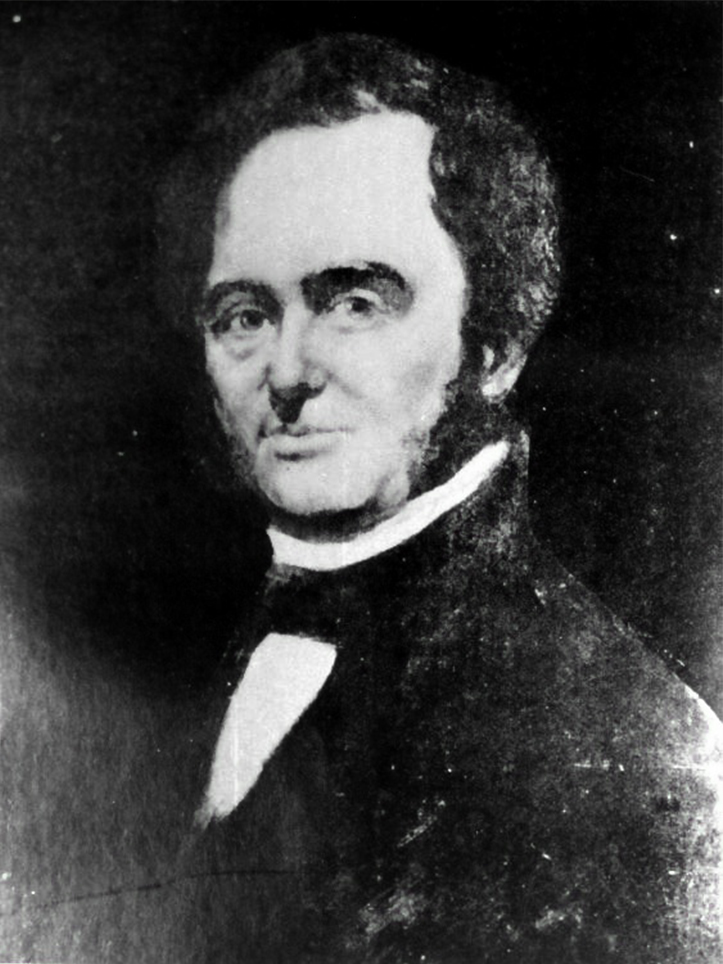
Moses Austin (1761-1821)
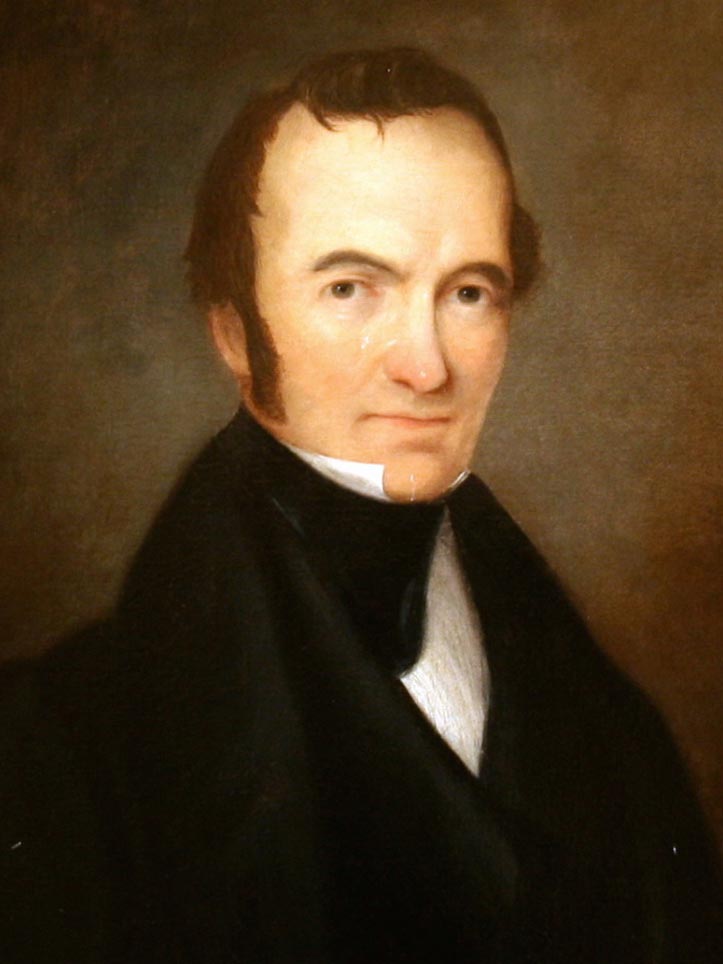
Stephen F. Austin (1793-1836)
Early probes for Texas statehood were rebuffed by both the Whig and Democratic leadership in Congress. Mexico did not recognize Texas independence and there was no zeal for a war with the southern neighbor. The controversies over slavery were heating up, and adding a large new southern state was vigorously opposed by New Englanders especially — a resistance that lasted successfully for ten years. In 1844, incumbent President John Tyler worked behind the scenes with pro-expansionist Democrats and Whigs to craft an annexation proposal to make Texas statehood a big issue in the upcoming election. Tyler himself was a pariah to both parties but was able to persuade enough members of both houses of Congress to go along with the proposal at the end of the year, following the election of pro-Texas statehood Democrat James K. Polk.

A call for the citizens of New York to rise in opposition to Texas Annexation
The vast majority of Texans were in favor of annexation. The Texas Congress voted down a last-minute proposal of recognition by Mexico, brokered by England and France, if they would rebuff the offer of statehood. Too late. Sam Houston went from President of the Republic to Senator from Texas and the Lone Star State was welcomed into the Union.

The Annexation of Texas to the Union, by Donald M. Yena
(Texas State Library and Archives Commission, 1986/68-2)
Texas statehood triggered a controversial chain of events which led to Mr. Polk’s war with Mexico, a political war in Congress over the expansion of slavery into western territories, the birth of the Republican Party, the ascension of Abraham Lincoln to power as a purely sectional President, and the secession of South Carolina from the Union. After fifteen years of statehood, Texans decided the Union was not as conducive to protecting their future prosperity and social order as they had assumed, and on February 1st 1861, became the seventh state to join the Southern Confederacy, untying the bonds of Union for a new sort of independency. Thus, a sixth flag flew over those restless frontier individualists, for four years.


 is mother Susanna was the twenty-fifth and last child in her family, dissenters from the Anglican Church. He himself was the eighteenth of nineteen children (nine of whom died in infancy), of an Anglican pastor. He also took holy orders in the Church of England. He sired seven children, several of whom became nationally known musicians. But Charles Wesley would go down in history as the author of more than 6,000 hymns, composing at least ten lines of verse every day for fifty years. He became the greatest Christian hymn-writer in history, yet he is sometimes referred to as “the forgotten Wesley,” overshadowed by John, his more aggressive older brother and founder of Methodism.
is mother Susanna was the twenty-fifth and last child in her family, dissenters from the Anglican Church. He himself was the eighteenth of nineteen children (nine of whom died in infancy), of an Anglican pastor. He also took holy orders in the Church of England. He sired seven children, several of whom became nationally known musicians. But Charles Wesley would go down in history as the author of more than 6,000 hymns, composing at least ten lines of verse every day for fifty years. He became the greatest Christian hymn-writer in history, yet he is sometimes referred to as “the forgotten Wesley,” overshadowed by John, his more aggressive older brother and founder of Methodism.







